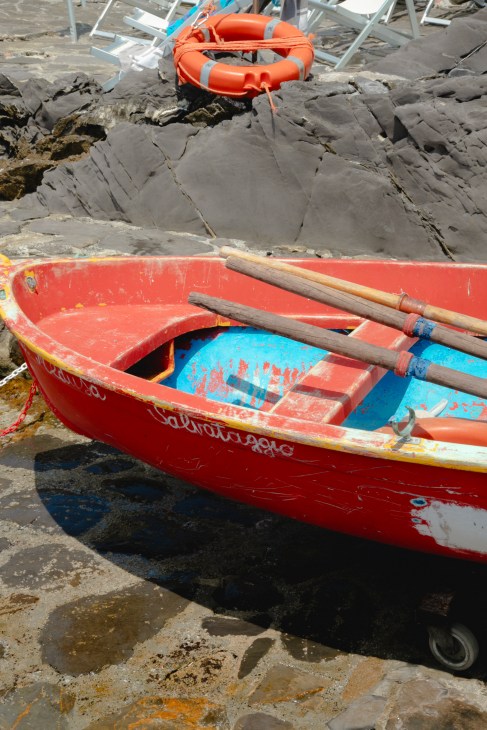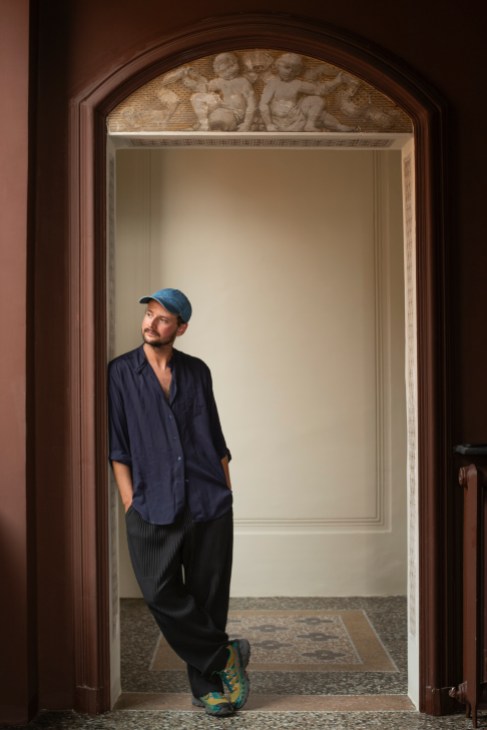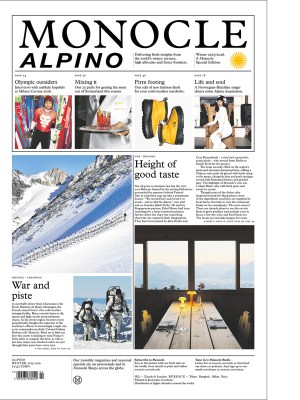Genoa’s comeback as a hub of vision and renewal
Once a cultural and economic powerhouse, the port city spent decades in the shadow of better-connected cities such as Milan. But it is now undergoing a rebirth, thanks to visionary locals and fresh talent.
The 14th-century poet Petrarch christened Genoa “La Superba” – the proud city. It’s a nickname that rang true for centuries, as Genoa’s maritime trade and banking dominance earned it wealth, power and a profusion of magnificent palazzos. Wedged between the Ligurian Sea and the Apennine mountains, Genoa is today etched with past splendour but also has a modern grittiness. Years of neglect have left its historic centre a little run down and, while many of its old businesses remain, there’s a pressing need to tempt a new generation of entrepreneurs to set up shop here.
The city is well positioned to reclaim some of that long-dormant pride. A slew of projects, both private and public, is steadily coming to fruition, attracting investment and transplants from Milan and beyond. These new arrivals are attracted by Genoa’s affordable housing stock, breezy coastal charm and faded – yet still impressive – grandeur. “Nobody talks about Genoa,” says Alessandro Mensi, a set designer with a gallery in Milan who now lives in a top-floor flat with sweeping views of the port. “It’s an underground secret. It’s so close to Milan yet completely different.”
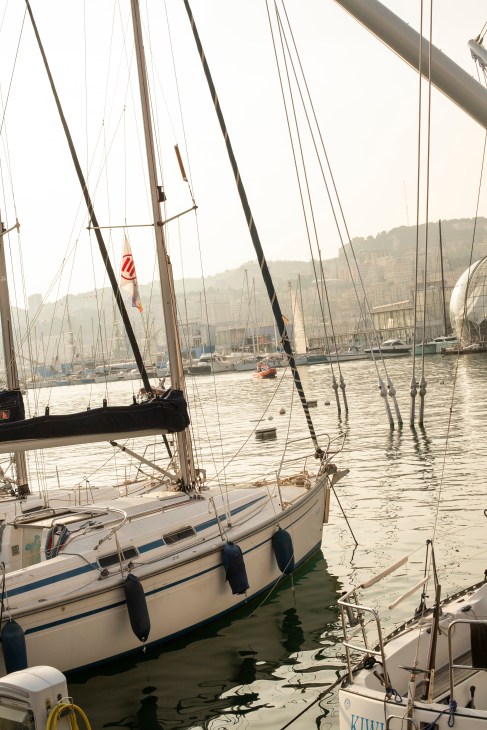
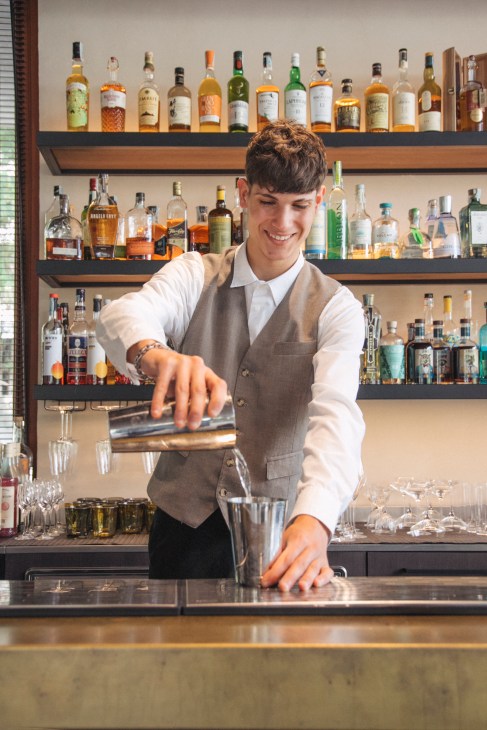
At the heart of the recent public works is a long‑awaited high-speed rail line, scheduled to begin partial service in 2026, which will cut the journey to Milan to less than an hour. When seafaring was the dominant mode of travel, Genoa was among the country’s principal hubs; however, because of the mountainous terrain, the city was left off Italy’s high-speed rail map. The airport too is remarkably underserved. The new fast rail links have been 30 years in the making. They will at last put Italy’s industrial heartland within a reasonable commute.
“The housing is remarkably high quality in Genoa but prices are low,” says Lorenzo Bagnara, pulling out his phone to show Monocle a 235 sq m art nouveau flat listed for €235,000. “There’s a big gap between the cost of commercial and residential spaces, and what they’re worth.” Bagnara runs Via Garibaldi 12, a vast, family-owned shop that brings together contemporary and classic design in the wonderfully Genoese setting of a 16th-century palazzo, where frescoes and gilded mouldings serve as the backdrop to Richard Ginori tableware and Vitra lamps. “Genoa has maintained its authenticity,” he says.
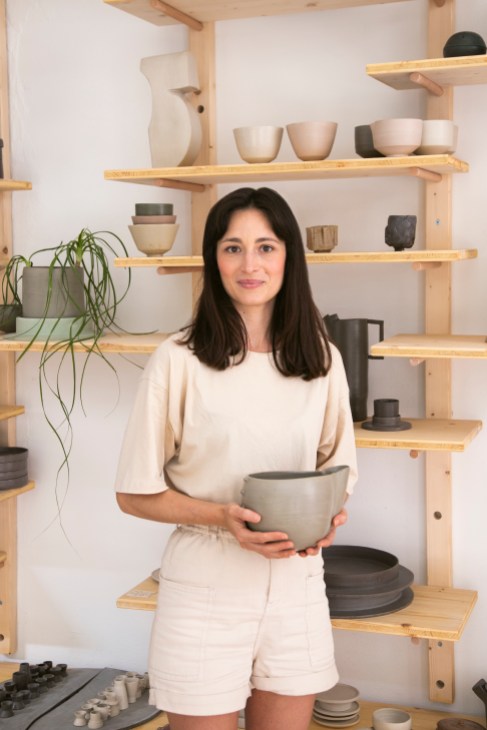
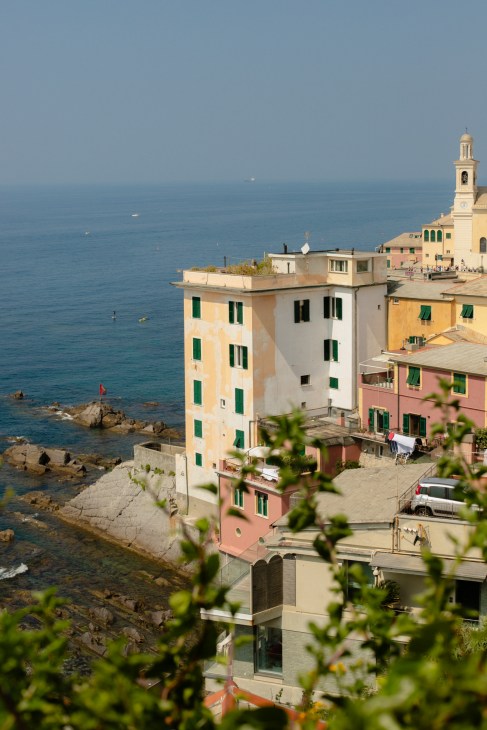
Storied businesses still thrive, such as Finollo, founded in 1899, which was Fiat tycoon Gianni Agnelli’s favourite shirtmaker, and the Confetteria Pietro Romanengo fu Stefano, which first opened its doors in 1780. The latter launched a new lunch room, La Corte, in June, featuring original wood-panelled interiors from 1814. “We still need more quality hotels to cater for the kinds of travellers who would bring a meaningful economic boost to the city,” says Bagnara. “Anyone with experience abroad would see opportunity here. It’s still virgin territory, a great place to invest with little competition.”
As seasoned travellers steer clear of the hordes overwhelming Florence, Rome and Venice, Genoa’s comparatively modest tourism industry is growing – even as many residents worry that their city could eventually feel the same pressures from overtourism. It is becoming a base to explore destinations in Liguria, such as Portofino and Cinque Terre. While there’s no shortage of drab budget hotels, modest B&Bs and Airbnbs in Genoa, there’s a gap in the market for higher-end options.
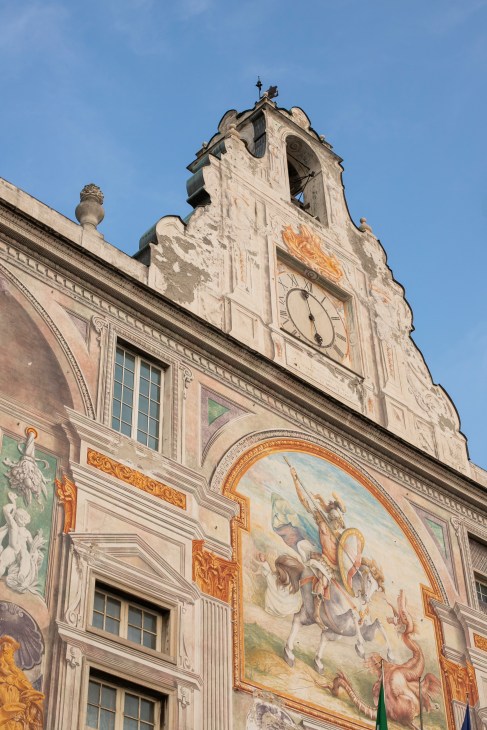

“This city is a precious gem buried beneath sand,” says Emanuela Brignone Cattaneo, a French architect who helped to design the Palazzo Durazzo hotel in the heart of the port district, which opened in 2023. Replete with frescoes and extravagant gold-leaf trim, the Palazzo Durazzo dates back to 1624 and was painstakingly resurrected over a period of seven years. It was a labour of love for Cattaneo, whose husband is a descendant of the family that originally built the structure. This is one of about 100 Palazzi dei Rolli found across Genoa – opulent residences once used by aristocratic families to host visiting dignitaries. “We know how to impress visitors here,” says Cattaneo.
The centrally located Palazzo Durazzo sits behind a warren of narrow streets – caruggi in the Genoese dialect – in one of the city’s most evocative but also shadiest neighbourhoods. The city is now hoping to breathe fresh life into this area, albeit without handing it over to tourists. An ongoing €137m initiative, Progetto Caruggi, was launched in 2020 to attract artists and artisans to the area. Martina Geroni, a ceramicist from Lodi who collaborates with major design brands such as Molteni and B&B Italia, relocated with her partner to open their grès pottery studio in a light-filled shopfront. “The grants are reanimating the city centre, attracting a new generation [of creatives] where there were once lots of dead spaces,” says Geroni, standing before shelves of soft-toned ceramics.
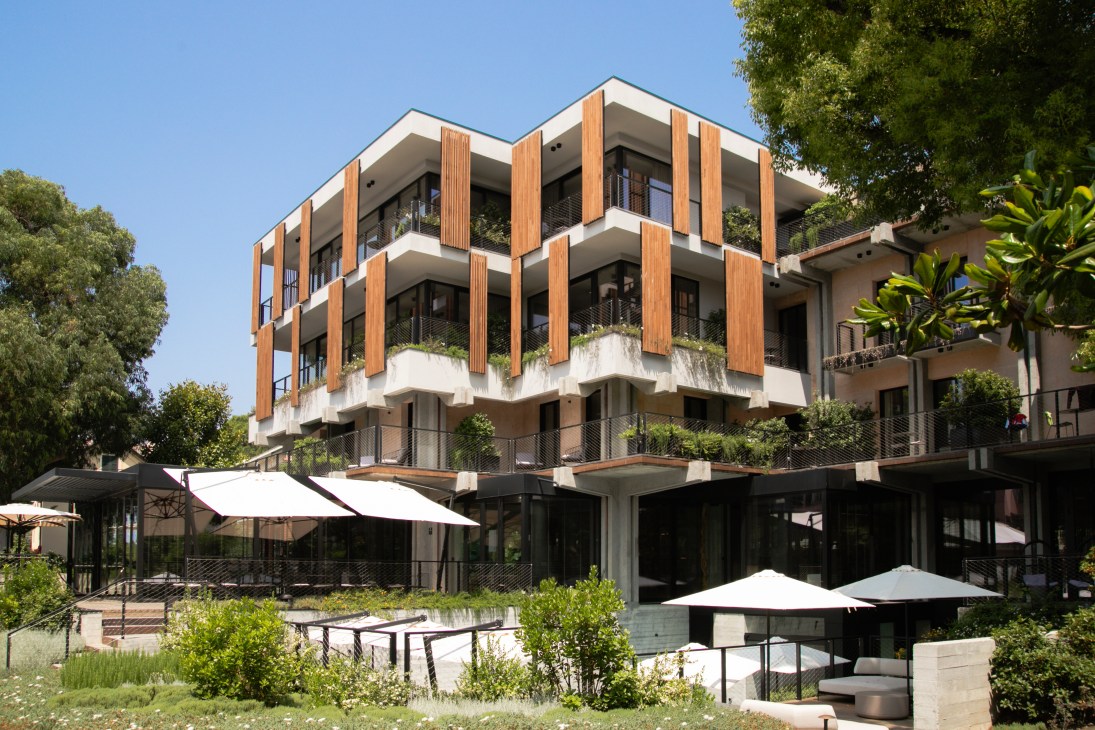
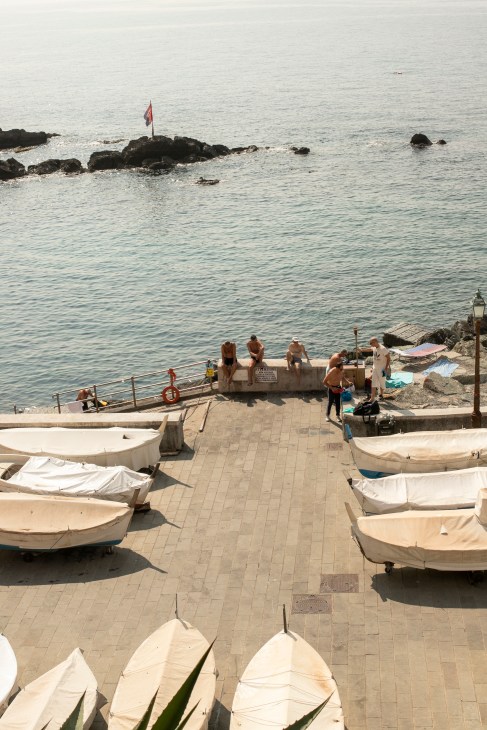
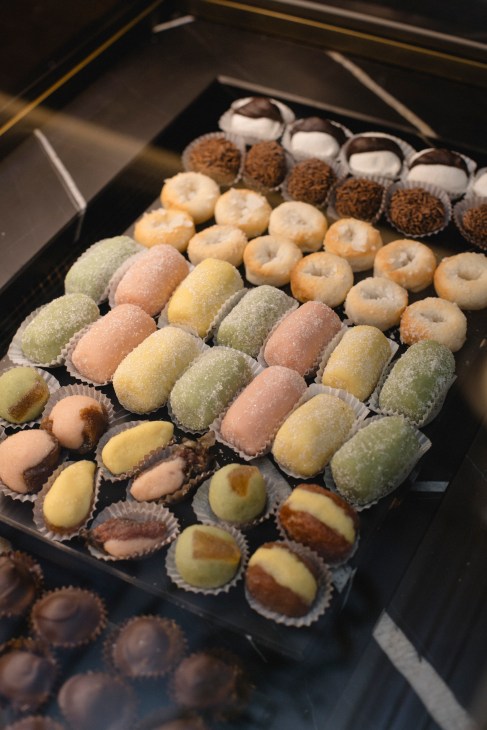
Today the old port is a lively area that’s full of restaurants and yacht pontoons where Coast Guard sailors in white uniforms mill among strolling couples. In 1992, Genoa redeveloped the waterfront with help from architect Renzo Piano, a homegrown hero who opened the highway underpasses that had long cut residents off from the sea. The rumbling highway overhead and the six-lane artery below currently bring noise and pollution to the area. But a €1bn infrastructure project is under way to replace the upper road with a tunnel under the marina, which would allow the highway to be torn down or transformed into a Highline-style green corridor.
“This city was once the tiger of the Mediterranean,” says Teresa Raggi, managing director and board member of Friends of Genoa. “We know how much potential it has.” Her foundation brings together institutions and Genoese business leaders to help reposition the city for the future. The group’s efforts include restoring monuments, staging cultural events and attracting investment for projects such as a new student campus. According to long-term residents, Genoa’s revival shifted up a gear after its biggest modern tragedy: the 2018 collapse of the Morandi Bridge, which killed 43 people and laid bare the decline of this once-proud maritime powerhouse. City leaders have since enacted sweeping physical and social infrastructure programmes. In May former Olympic hammer thrower Silvia Salis was elected as mayor with the promise of an open dialogue with citizens as the city develops – and with a mandate to continue these popular initiatives.

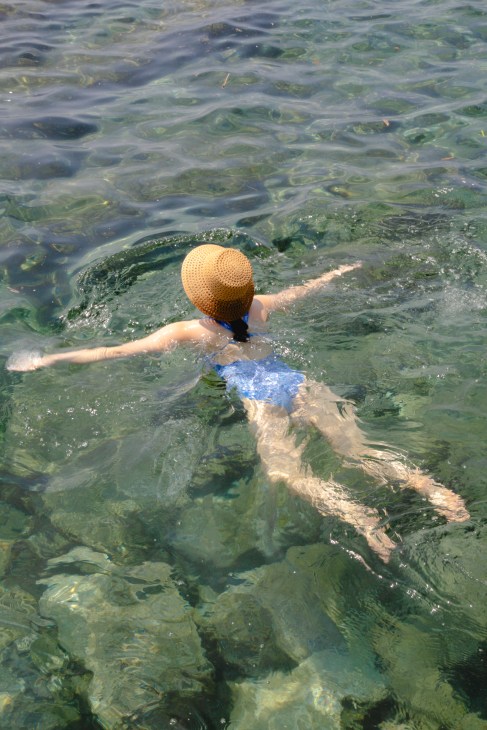
Etra restaurant, which opened in 2023, is a venture by a pair of art dealers who closed their gallery in Brussels and moved to Genoa in order to launch their first hospitality project. Co-founder Iacopo Briano says that the city is “taking off with more life, more movement and more investment”. The black-walled space is hung with works by Damien Hirst and Lucio Fontana, and feels like a sign of a new discerning crowd rolling into town. Their next project is a vast, multilevel space with a stage for music and comedy – “a place to bring people together”, says Briano. It is in the running for a new set of grants, Progetto zac, a €2.5m project to encourage small businesses to set up downtown; the city contributes as much as €120,000 per enterprise for costs including rents and salaries. “The bridge collapse made everyone want to change how things were done here,” he adds. “And there’s money available to make it happen.”
Beyond Genoa’s lively centre, the city’s outskirts move at a different pace. Boccadasse and Nervi, formerly independent fishing villages, retain the lolling, verdant charm of their humble past; maritime pines and palm trees line the streets. Yet the area’s beach clubs, such as the popular Bagni Medusa, perched on a rocky outcrop above crystalline waters, are seeing an uptick in visitors as Genoa’s new arrivals decamp for the weekend.
In Nervi, the Capitolo Riviera hotel opened last year, updating a modernist structure with interiors of cool grey clay, natural wood, artful CC-Tapis rugs on floors and walls, and a flourishing garden. Conceived with plenty of attention to detail in terms of aesthetics but also sustainability, the hotel stands as a forerunner of what Genoa could eventually become. With Milan soon to be just a short train ride away, this city’s seaside beauty, vintage majesty and unique spirit are poised for a wider rediscovery. Its future is in the hands of those who are seeking to celebrate the past while shaping what comes next.
